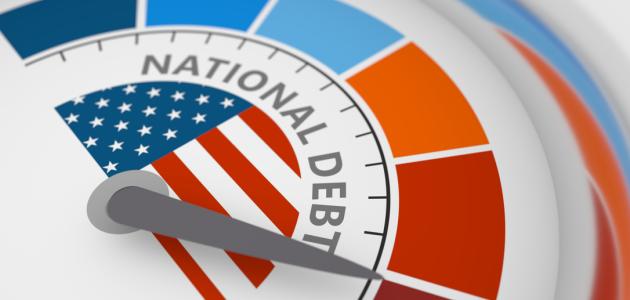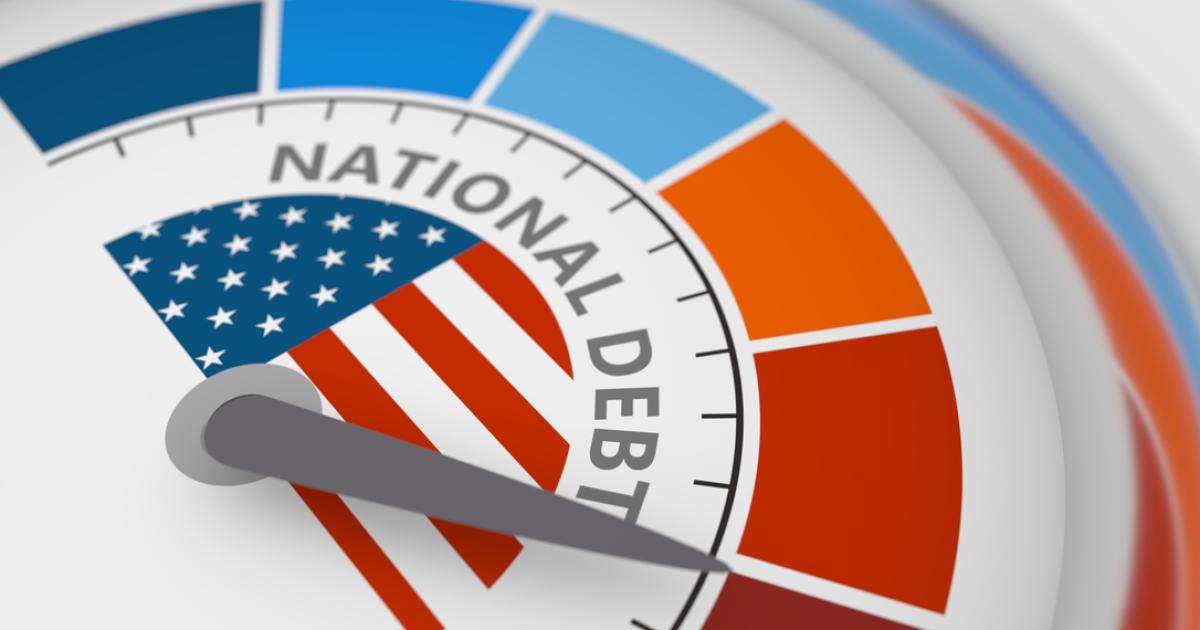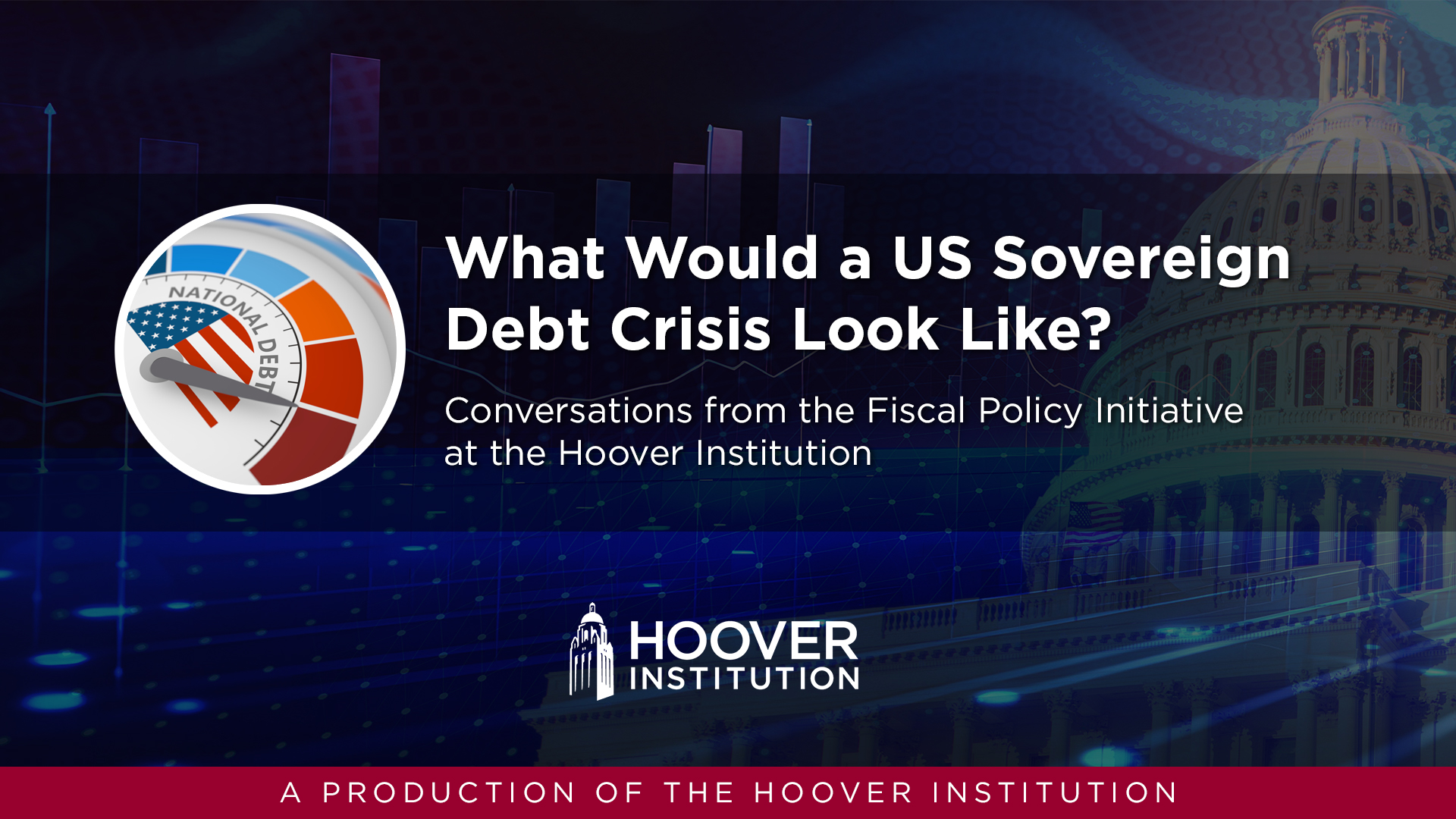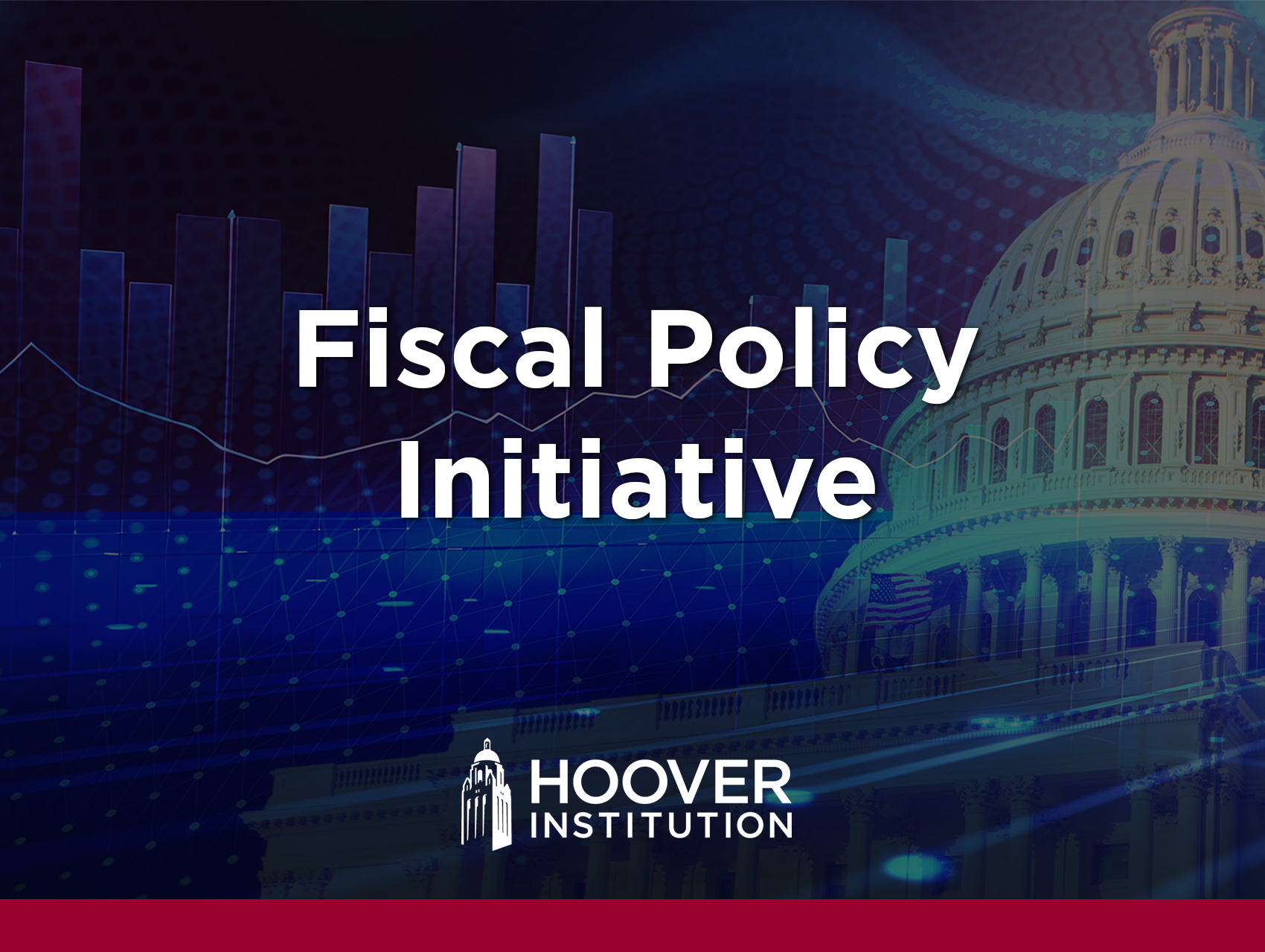- Answering Challenges to Advanced Economies
A U.S. debt crisis would trigger spikes in inflation and interest rates with devastating consequences for the macro economy. Investors would likely flee from U.S. Treasury and corporate debt, sending the economy into a deeper growth tailspin than experienced in the Great Recession. Historical evidence shows that countries successfully reducing debt levels typically require running primary surpluses and maintaining strong growth, often only achieved after political consensus is reached following a severe crisis. Experts caution that addressing these problems after a crisis becomes much more costly, affecting banking and pension systems with permanent negative effects on economic growth trajectory that will impact many generations.
Learn more about the launch of the Hoover Institution’s Fiscal Policy Initiative.
WATCH THE VIDEO
>> Emil Verner: A sovereign debt crisis in the United States would most likely look something like a spike in interest costs that would be felt throughout the economy, be more expensive for the government to borrow, it'd be more expensive for the private sector to borrow, and that would be associated potentially with a very, very severe economic downturn.
The US wouldn't necessarily have a default on its payments like in emerging market countries that often borrow in foreign currency, because the US can produce dollars to pay its debts. But nevertheless, it would still be associated with potentially a spike in inflation, a spike in interest rates, and all of that is going to be very costly for the macro economy.
>> Alejandro Werner: So if this economy ghost into a sovereign debt crisis, we will not have the recourse that we had during the global financial crisis that actually international financial investors, etc, found refuge in US treasury debt. And actually the US Was the receiver of a lot of savings from the rest of the world.
This time around, what we will see, it's a combination of what we experienced during the global financial crisis, plus a run away from US Government paper and maybe even corporate paper. So that will sink the US Economy into a growth tailspin much deeper than what we saw in 2008 and 2009.
And I think the consequences of this will be felt for many, many generations in the US.
>> Emil Verner: Other countries that have experienced debt crises or been on the brink of debt crises, but have successfully been able to reduce their debt levels have mainly done so by running primary surpluses and having strong growth.
And these seem to be sort of two necessary ingredients in the historical record for how to pay down debts and exit kind of the zone where a crisis risk is likely. And at a deeper level, this often requires a political consensus, a realization in the country that running primary surpluses is beneficial for the economy.
And often that comes after a severe crisis.
>> Alejandro Werner: And what we have seen is that dealing with these problems once a crisis takes place is much more costly because in many cases it affects its banking system, its pension system, and therefore you need to correct too many things in the economy.
And at the end of the day, this ends up having permanent effects on the growth trajectory of this economy and therefore significantly affecting future generations in those countries.
Featuring:
- Marc Goldwein, Committee for a Responsible Federal Budget
- Michael Boskin, Hoover Institution
- Paul Schmelzing, Boston College


















